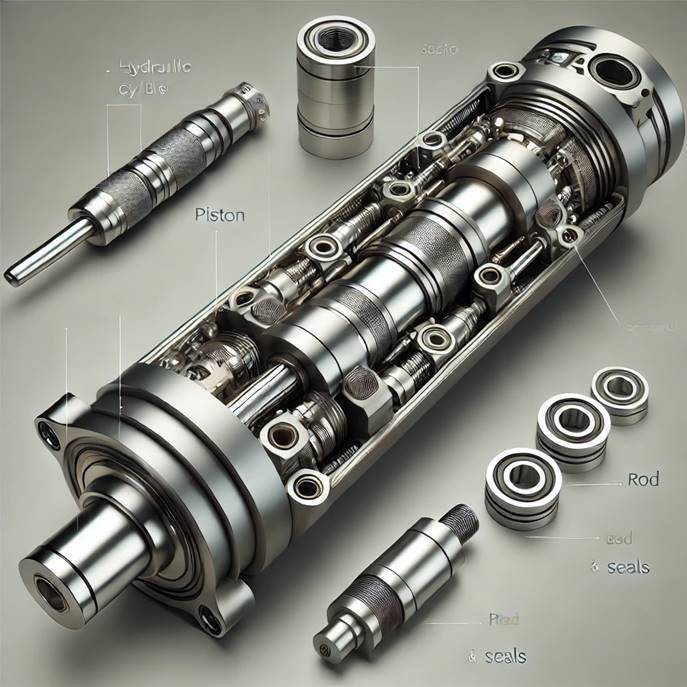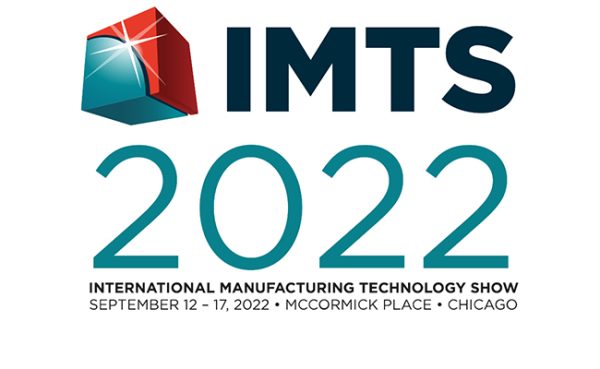Hydraulic Cylinders: Navigating a Smarter, Stronger Future

Hydraulic cylinders are the backbone of industries ranging from construction and manufacturing to aerospace and agriculture. With advancements in technology and a growing demand for efficient, sustainable solutions, the hydraulic cylinder market is rapidly evolving. Today, these powerful devices are not only stronger but also smarter, leveraging cutting-edge innovations to meet the dynamic needs of modern industries. According to Persistence Market Research, the global market for hydraulic cylinders is anticipated to rise from US$14.8 Bn in 2024 to US$21.5 Bn by the end of 2031. The market for hydraulic cylinders is expected to hold a CAGR of 5.5% during the projection period from 2024 to 2031.
The Evolution of Hydraulic Cylinders
Traditionally, hydraulic cylinders were celebrated for their ability to deliver immense force in heavy-duty applications. While their core functionality remains unchanged, the integration of smart technologies and advancements in materials science has propelled them into a new era of efficiency and precision.
Smart Hydraulic Cylinders: Intelligence Meets Power
The incorporation of smart sensors and IoT-enabled technologies has transformed hydraulic cylinders into intelligent components. Real-time data monitoring allows operators to track performance metrics such as pressure, temperature, and positioning. This capability enhances precision, reduces downtime through predictive maintenance, and ensures optimal performance in critical applications.
Advanced Materials for Durability
Manufacturers are increasingly adopting high-strength materials, such as composite materials and advanced alloys, to enhance durability and reduce weight. These innovations result in cylinders that can endure extreme conditions while maintaining efficiency and reliability.
Applications Driving Innovation
Hydraulic cylinders are indispensable across multiple sectors. Innovations in this field have been tailored to meet the unique demands of various industries, such as:
- Construction and Mining
In construction and mining, hydraulic cylinders power heavy machinery like excavators, loaders, and cranes. Enhanced durability and precision in smart cylinders help meet the demanding requirements of these sectors, where reliability is critical to operational success.
- Agriculture
In agriculture, hydraulic cylinders are essential for equipment like tractors, harvesters, and irrigation systems. Smart cylinders provide better control, leading to improved productivity and energy efficiency on the farm.
- Manufacturing
Hydraulic cylinders play a vital role in manufacturing automation, offering consistent force for cutting, pressing, and assembly operations. The integration of real-time monitoring systems ensures higher precision and lower error rates, aligning with the goals of Industry 4.0.
The Push for Sustainability
As industries strive to reduce their carbon footprint, hydraulic cylinder manufacturers are exploring sustainable practices. This includes:
- Energy-efficient designs: Smart cylinders minimize energy wastage by optimizing fluid dynamics and power usage.
- Recyclable materials: Emphasis on materials that can be recycled reduces environmental impact.
- Eco-friendly hydraulic fluids: Using biodegradable fluids helps in reducing environmental contamination.
Future Trends to Watch
The future of hydraulic cylinders lies in further integration with digital ecosystems and advancements in robotics. Key trends include:
- Enhanced IoT Integration
Hydraulic cylinders are becoming integral components of connected systems. IoT integration allows for seamless communication between machines, enabling autonomous operations and smarter workflows.
- Compact Designs
Space-saving designs are gaining traction, particularly in applications like robotics and aerospace. Compact yet powerful cylinders are ideal for environments where space and weight are critical factors.
- AI and Predictive Analytics
The use of AI-powered analytics will take predictive maintenance to the next level, identifying potential issues before they occur and recommending optimized operational parameters.
Challenges Ahead
Despite these advancements, the industry faces several challenges:
- Cost of Smart Technologies: The integration of sensors and IoT capabilities increases costs, potentially limiting adoption in smaller operations.
- Skilled Workforce: Operating and maintaining advanced hydraulic systems requires specialized skills, creating a need for workforce training.
- Supply Chain Issues: Geopolitical tensions and supply chain disruptions can affect the availability of critical components.
Conclusion
Hydraulic cylinders are navigating a smarter, stronger future, transforming industries with innovative technologies and sustainable solutions. By balancing power with intelligence, these devices are redefining efficiency, precision, and environmental responsibility. As industries continue to demand higher performance, hydraulic cylinder manufacturers will play a crucial role in shaping the future of industrial machinery.
Whether powering a towering crane or ensuring precision in an automated assembly line, hydraulic cylinders stand as a testament to the unyielding drive for progress in engineering. The future holds immense promise for this essential technology, where strength meets intelligence to fuel the next industrial revolution.







